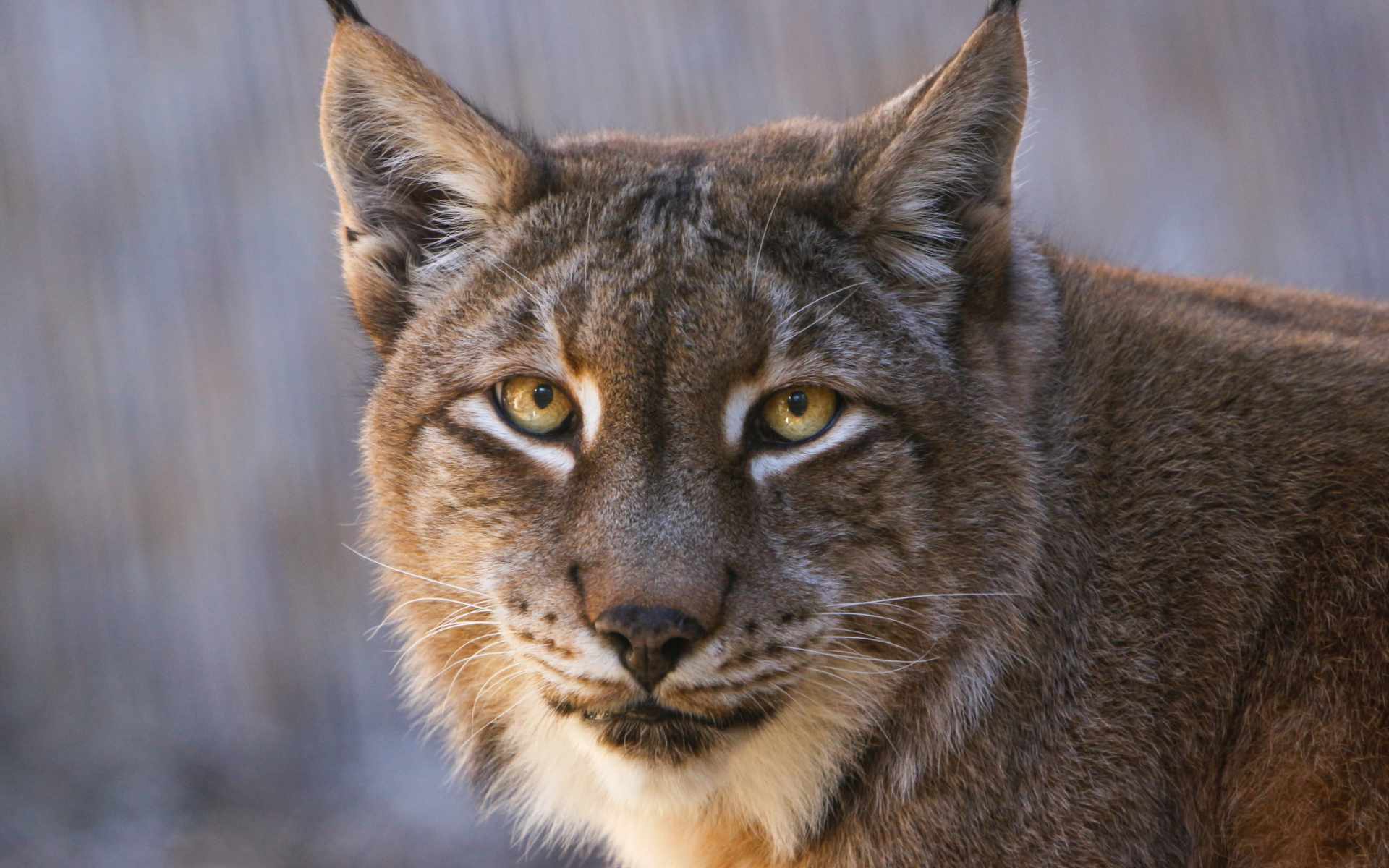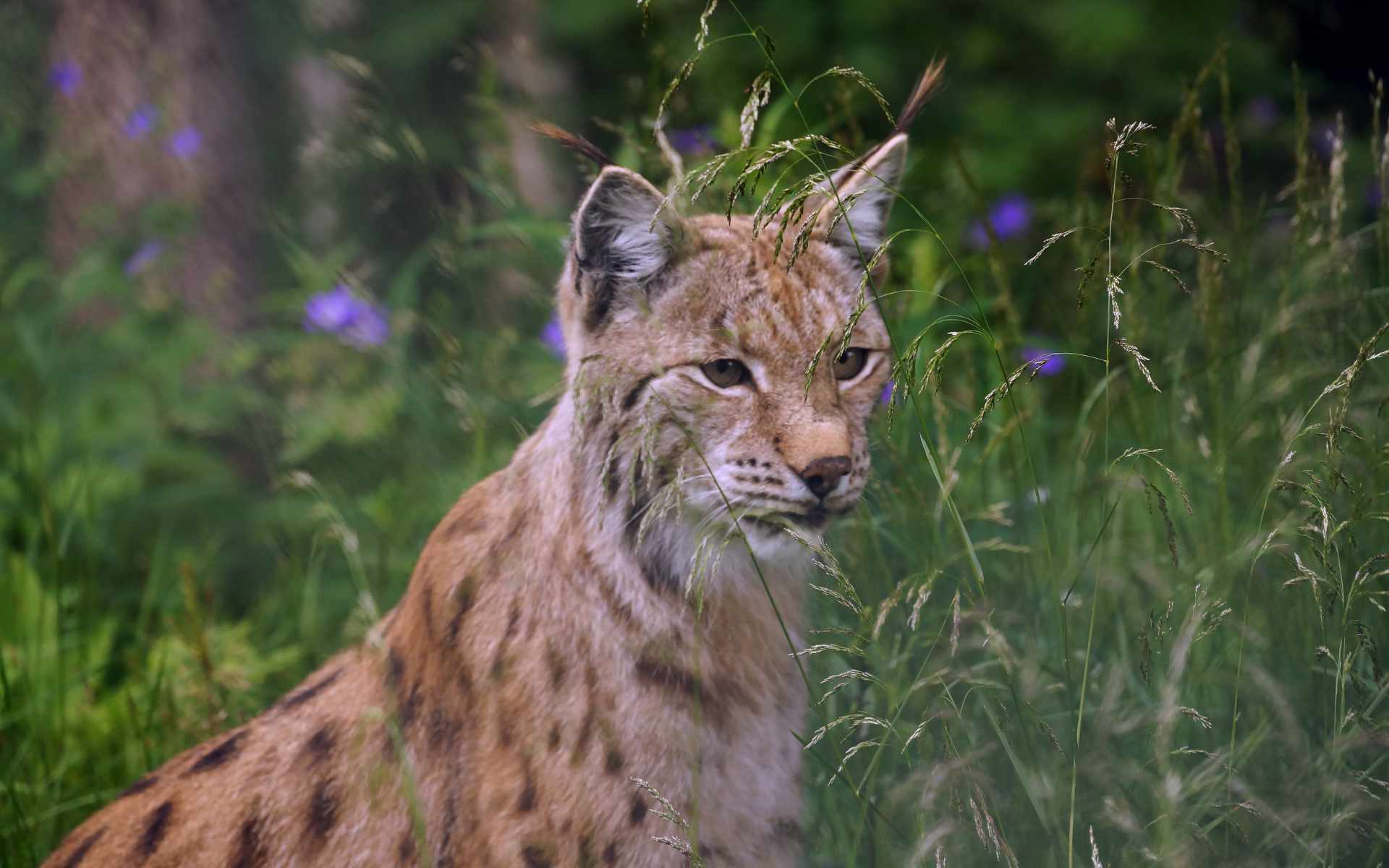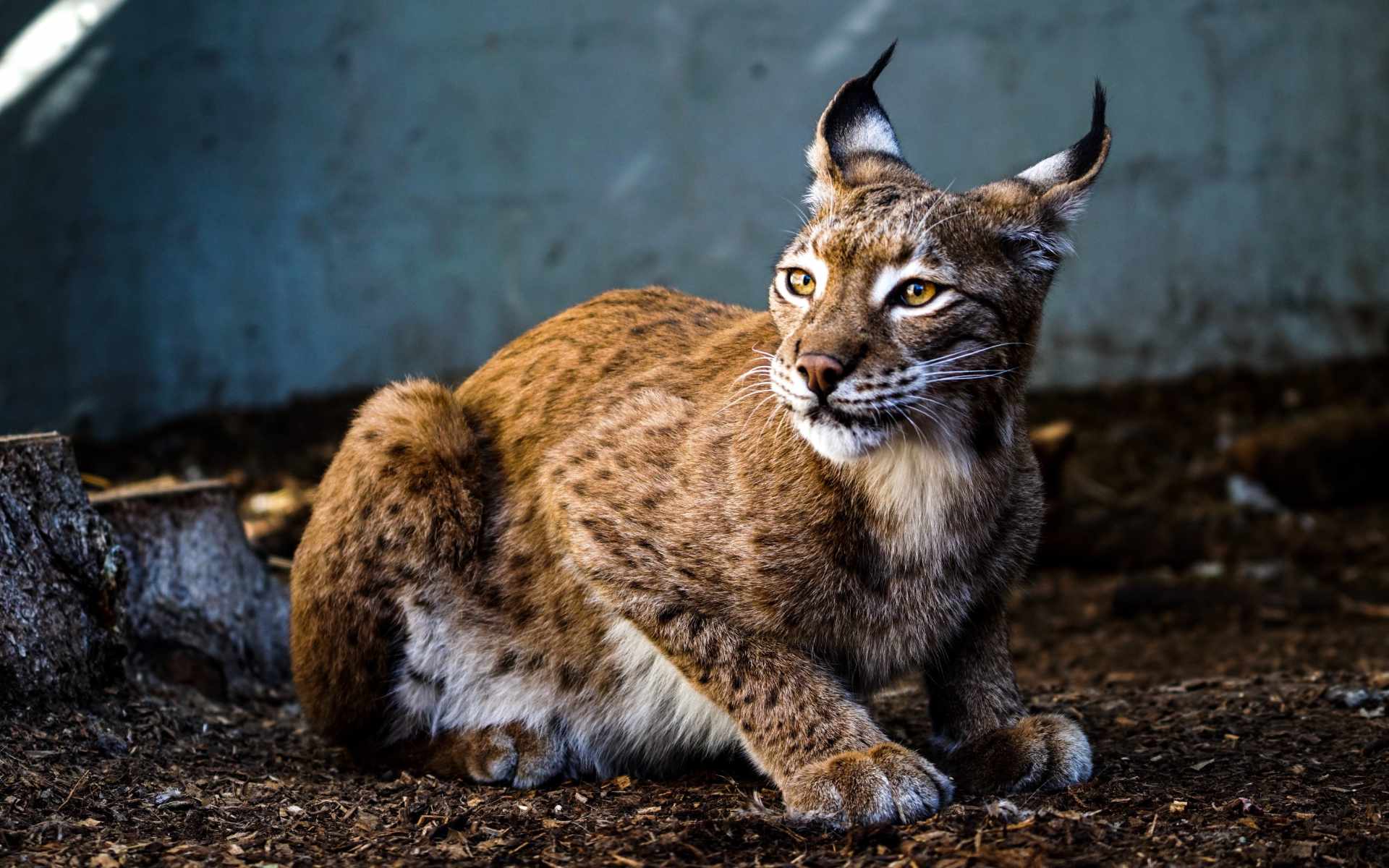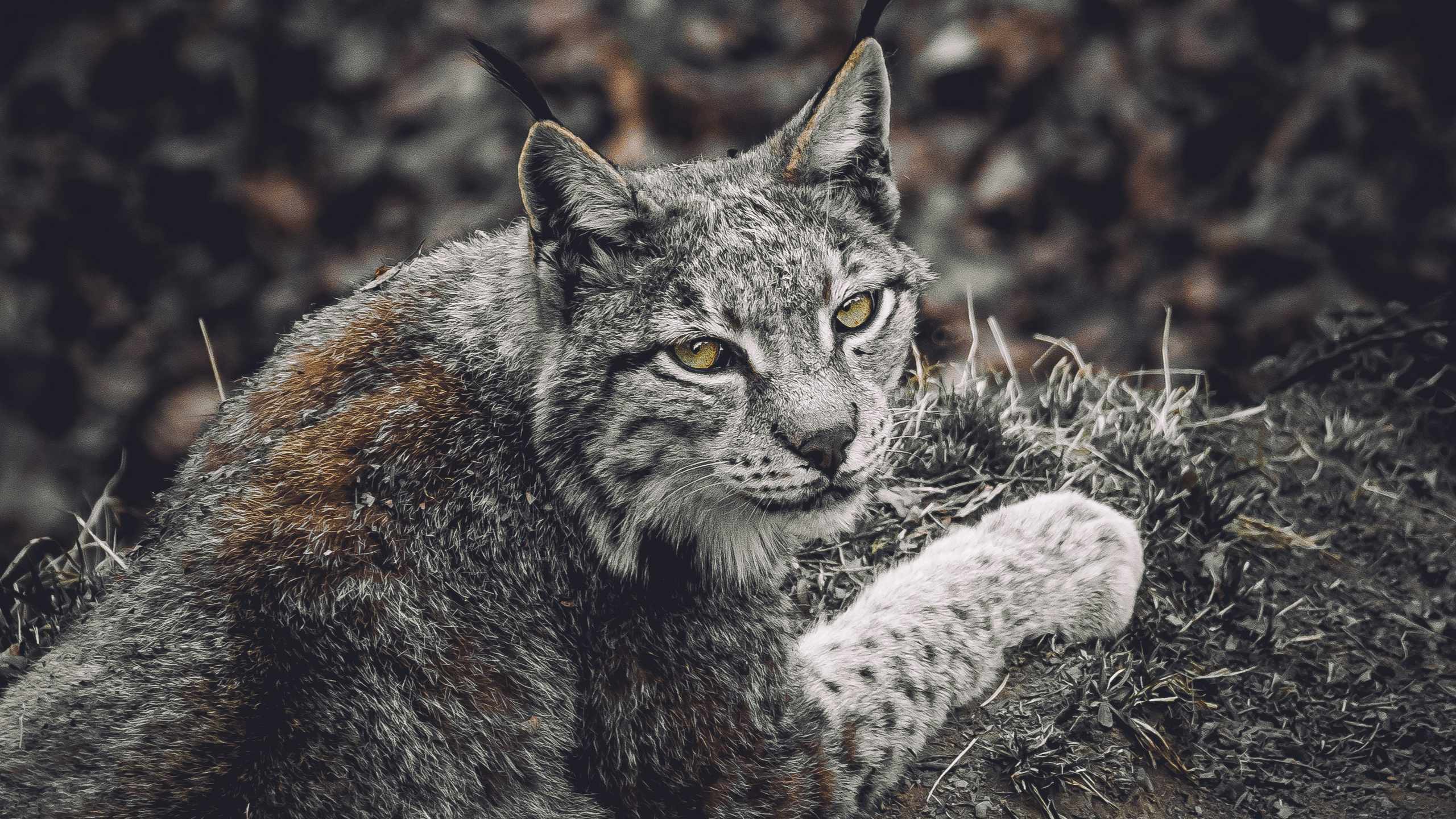A Sad Truth

The rate at which each animal species is disappearing is simply alarming. Despite the efforts, and some spectacular successes, in removing species from the lists of animals at risk of extinction, an increasing number of species appear in the different threatened categories: one in three amphibians, one in four mammals and one in eight birds are in danger. In total, there are more than 70,000 species.
The Iberian Lynx

One such example is the Iberian lynx, considered the most endangered feline in the world and the only one considered Critically Endangered by the International Union for the Conservation of Nature – IUCN.
The preferred habitats of lynxes are forests and areas of dense vegetation in general, where rodents, lagomorphs and deer, their preferred prey, abound.
Their mating season is between February and March, with a gestation period of 12 weeks, resulting in the birth of one to five pups. Newborns are blind and deaf, with a thin coat of hair. They remain with their mother for about a year
The Iberian lynx is threatened by habitat loss, road accidents, and illegal hunting.
Habitat loss is due mainly to infrastructure improvement, urban and resort development and tree mono cultivation, which fragments the lynx’s distribution.
Rabbit diseases such as myxomatosis and hemorrhagic disease resulted in a dramatic decline of its main prey.
Illegal traps set for rabbits and foxes were leading causes for lynx fatality.
Every year, several Iberian lynxes die when trying to cross highways with heavy traffic.

Climate change may threaten the Iberian lynx, as it is not able to adapt well to a climate change. It may be induced to disperse to areas with a more suitable climate but fewer rabbits, a circumstance that may contribute to higher mortality.
This set of threats has led to the fact that, according to the most recent investigations, the total population of Iberian lynx is currently reduced to around 200 adult individuals, with currently only two known breeding populations in Spain, both in Andalusia, in the regions of the Sierra Oriental and Doñana’s Morena. In Portugal, although there are currently no known breeding populations of the species, there are sporadic records, some of which of animals from Spanish populations looking for new territories. This was the case of the last registration in the region of Moura / Barrancos, one of the intervention areas of the Lince Program.

OnePlanetMyPlanet aims to make a statement and raise awareness.
Together, we can make a difference in saving animals facing the threat of extinction.

